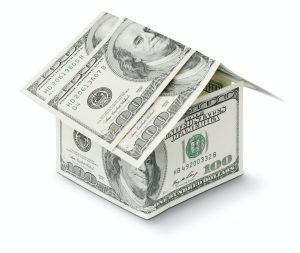Price bars are one of the most commonly used tools in forex trading. They are a visual representation of price movement over a specific period of time, usually in minutes, hours or days. A price bar is made up of four key components: the open, the close, the high, and the low. Understanding these components and how they interact is crucial for analyzing price action and making informed trading decisions.
The open is the price at which a currency pair begins trading for the given period. For example, if you are looking at a one-hour price bar, the open will be the price at which the currency pair began trading at the start of that hour. The close is the price at which the currency pair finishes trading for the given period. In our example, the close would be the price at which the currency pair stopped trading at the end of that hour.
The high is the highest price reached by the currency pair during the given period. The low is the lowest price reached by the currency pair during the given period. These two components are important because they show the range of prices that the currency pair has traded within during the given period.
Price bars are typically represented as vertical lines with small horizontal lines extending to the left and right. The vertical line represents the range between the high and low prices, while the horizontal lines represent the open and close prices. If the close is higher than the open, the price bar is typically colored green. If the close is lower than the open, the price bar is typically colored red.
Price bars can be used in a number of ways to analyze price action and make trading decisions. For example, traders can use them to identify trends and support and resistance levels. If a series of price bars show a consistent upward trend, this suggests that the currency pair is likely to continue rising in price. Conversely, if a series of price bars show a consistent downward trend, this suggests that the currency pair is likely to continue falling in price.
Price bars can also be used to identify support and resistance levels. Support levels are areas where the currency pair has previously found buyers and bounced back up in price. Resistance levels are areas where the currency pair has previously found sellers and been pushed back down in price. By identifying these levels, traders can make more informed decisions about when to enter and exit trades.
In addition to these basic uses, price bars can also be used in more advanced trading strategies. For example, some traders use candlestick patterns to identify potential trend reversals or to confirm existing trends. These patterns are formed by a series of price bars with specific characteristics, such as long upper or lower shadows, and can provide valuable insights into price action.
Overall, price bars are a simple but powerful tool for analyzing price action in forex trading. By understanding the key components of a price bar and how they interact, traders can make more informed decisions about when to enter and exit trades. Whether you are a beginner or an experienced trader, price bars should be an essential part of your trading toolkit.


